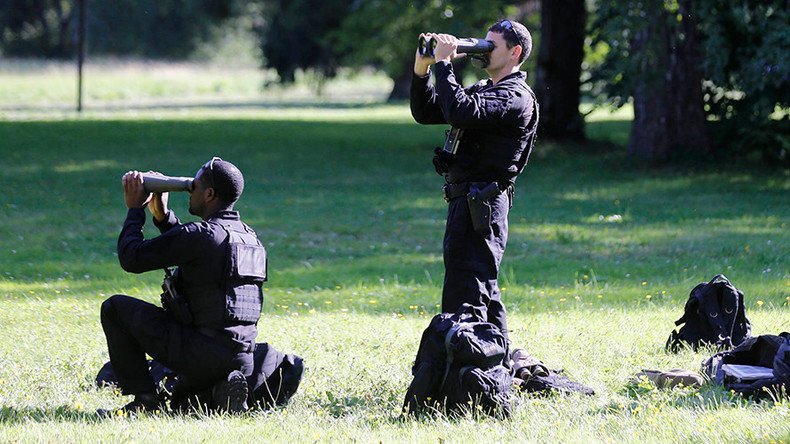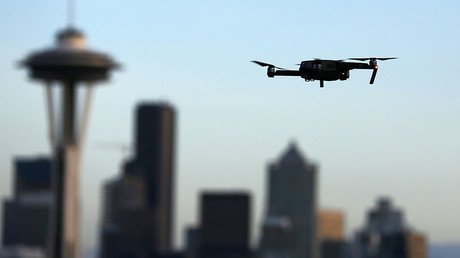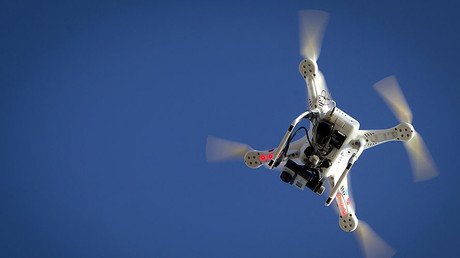Secret Service to test spy drone over Trump’s golf club in New Jersey

The US Secret Service will tether a drone over President Donald Trump’s golf club in New Jersey in a test to consider new ways to protect him. The drone will be equipped with optical and infrared cameras.
A test drone will be used during Trump’s visit to the Trump National Golf Club in Bedminster this month, according to a statement released by the Secret Service on Wednesday, Reuters reported.
The club is one of the president’s favorite weekend spots and he is expected to stay there for an extended period in August.
The drone will scan the perimeter of the golf club and will help the Secret Service determine if drone monitoring has potential for protecting the president, the agency said.
They will notify people at the club that the premises are being monitored.
Secret Service to test drone to boost security at Trump property https://t.co/132L6lkwp9pic.twitter.com/HPQ7AAoiVC
— Reuters Top News (@Reuters) August 2, 2017
The Unmanned Aerial Vehicles (UAVs) will fly at altitudes of 300 to 400 feet (90-120 meters) and be equipped with electro-optical and infrared cameras, which the Secret Service said will be used to look for potential threats. A microfilament tether will provide power to the craft.
The Secret Service currently relies on local, state and federal government agencies to provide manned aircraft for aerial surveillance. The agency said manned aircraft are limited in scope, too loud, and cannot provide consistent coverage.
Since the presence of private residences within range of the golf club could lead to unintentional privacy violations, the Secret Service said any any images captured by the drones will be overwritten within 30 days, unless they become part of a law enforcement investigation.
This would not be the first time spy drones would be used for security. In April, Massachusetts State Police used surveillance drones equipped with zoom lenses and infrared cameras to keep an eye on more than 30,000 runners and around a million spectators at the Boston Marathon.
Two drones tethered by thin wires flew 400 feet above the starting line, and their long-distance lenses, electro-optical and infrared cameras sent video feeds to police command centers.
“The wire provides power so it can stay up for days, and days, and days, it doesn’t have to come down,” Perry Stoll, CyPhy Works vice president of product and software told the Boston Herald. “It can send unhackable, secure communication up and down the tether as well. It’s perfect for public safety and security where it has to be up for a while.”
Drones getting too close or intruding on private property has become of increasing interest to lawmakers in different states.
A bill introduced in the Oklahoma Senate in March would let property owners destroy drones by removing a civil liability. The measure fell short of describing how a property owner could take down a drone, but most recent incidents involved firearms. Oklahoma has a law against discharging a weapon within a residential area except when it’s in self-defense.
“It doesn’t matter how you damage the thing,” Republican state Senator Ralph Shortey told The Tulsa World. “As a private citizen, you have reasonable expectation of privacy above your property where the public does not have access and that is under 400 feet.”
In 2015, the FAA said lawmakers in 45 other states were considering restrictions on Unmanned Aerial Vehicles (UAVs). California passed an act in 2016 which provides immunity for first responders who damage an UAV that was interfering with them while they were providing emergency services. The legislation was passed after an UAV interfered with the work of firefighters trying to put out wildfires in the state.














